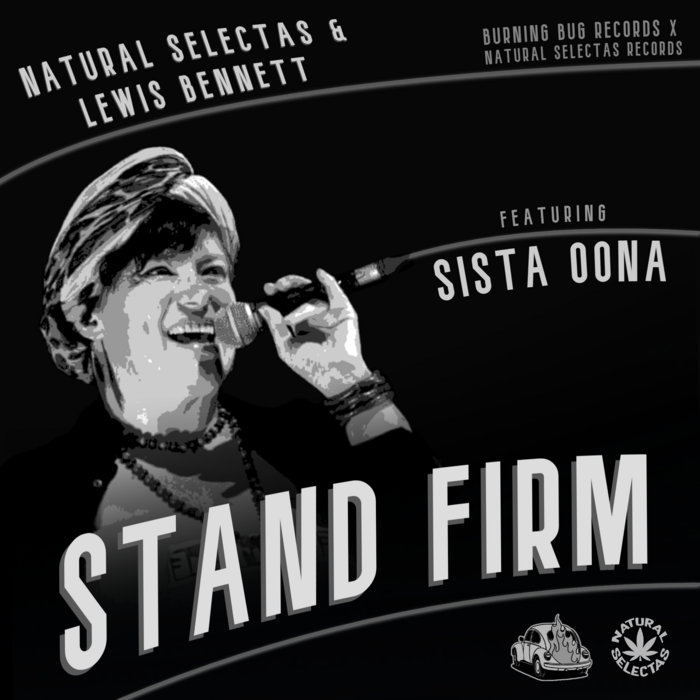
Stand Firm (feat. Sista Oona) – Lewis Bennett & Natural Selectas
this blog is GROOVY – check out great Soul, Funk, Jazz, Hip Hop, Bass, Breaks , Reggae, House n many more TUNES
Hey there, music lovers! Let’s take a funky journey into the world of Steppa, a subgenre that emerged from the vibrant heart of Jamaican reggae. Grab your headphones, and let’s dive in!
Steppa music is like reggae’s cool cousin who found a new groove. It developed in the late ’90s and early 2000s, primarily rooted in the UK dub scene. This genre emphasizes bass-heavy rhythms, deep dub effects, and sometimes even those smooth ragga vocals. Imagine lounging on a sunny beach while the bassline vibrates through your body — that’s steppa for ya!
The term “steppa” originally comes from “stepper,” which refers to an upbeat style you can literally step to—think dancing with friends under sparkling lights! With its heavy use of synthesizers and digital production techniques combined with traditional reggae sounds, it creates an atmosphere perfect for both chillin’ out or skankin’ away.
While steppa finds its roots back in classic reggae beats laid by legends like Bob Marley and Peter Tosh, it really took off thanks to artists such as Digital Mystikz (they know how to throw down some seriously deep vibes!). These pioneers started incorporating electronic elements that made heads nod worldwide.
In addition to Digital Mystikz, other key players include Mala, who has been known to mix cultural influences into his mind-bending tracks. Plus there’s Horseman, whose lively performances remind us that steppa isn’t afraid to bring some fun onto the stage!
Face Paint & Basslines: Did you know that many steppa artists love face paint? Yup! Some performers cover their faces with colorful designs — talk about making art on multiple levels! They may have also thought if they look cooler playing basslines while painted like warriors… they would pull off epic jams even better!
The Secret Garden: Mala once revealed he records much of his music surrounded by plants because it helps him connect more deeply with nature’s vibrations—but let’s be real; we just picture him getting lost among flowers humming melodies at bees like Cuba Gooding Jr.’s character in Jerry Maguire when he says “Show me the money!”
Rasta Cats vs Pigeons: There’s this ongoing joke within the community where musicians occasionally prank each other about bringing cats on stage instead of pigeons as props during performances—because why not steal some feline vibes instead?
The Magical Dub Hat: One legend tells us there exists an enchanted hat worn by leading DJs which supposedly enhances regeneration abilities when spinning tracks live—all we know is every time one puts it on things get magically groovy!
Bizarre Sampling Stories: Artists have sampled everything from old-school cartoons (like flipping channels during Saturday morning cartoons!) to strange noises made by household items—it seems anything goes when creating a timeless track; creativity knows no bounds here folks!
Stepping up our gear game means embracing unique instruments indigenous towards achieving those signature steppers sounds and wicked vibes:
This inspired production allows stepping outside norms while channeling something innovative yet familiar—a short but sweet recipe manipulating sonic textures together blissfully blooming throughout spirals moving crowds left right center engaged flowing freely without stressors everywhere else!
So what makes stepping into this genre so special? Well my friends—it’s all about attitude! In essence:
A passion fuels fire making listeners sway turning frowns upside down lighting up lives transforming ordinary routines leaving behind cares—even momentarily!
It’s inclusive embracing everyone across age groups encouraging connection shared experiences–dancing becomes therapeutic reviving spirits grace overcoming obstacles through expression groove-out-loud-style until sunrise welcomes horizons anew ready restart fresh challenges ahead full circle refreshed rejuvenated ready lift hearts light again joyous echoes harmonizing souls together once more – giving life rhythmic heartbeat determined bold exploration forever lasting moments celebrating unity amazement here today gone tomorrow candidly vibed undoubtedly captivating endless grooves always keeping ears perked raised alive sharp shine bright born gather round fill dance floor joyously curious spirits liberated soundscapes forever ringing true freedom felt home away loud laughter genuine smiles wide across faces clear eyes open eager embrace whatever next beat drops signaling arrival next wave follows comfortably riding higher than clouds drifting effortlessly along heavenly streams reaching peaks soaring high beyond dreams returning renew inspiration keep going strong craving further unlock deeper treasures majesty pure transcendence discovered depths forgotten journeys revealing rediscovered self rising stronger shining brighter glowing infinite tones echo rhythm pulses stability travel eternally vast cosmos dancing light connecting beautiful interstellar magic blurring barriers love embrace enchantment flow soothing serenity igniting spark lights never dimmed glory fully embraced living alive reminding always wished lived discovering…
So come join us on this rad adventure called life packed head-to-toe swagging scrappy spirit—the power pulse curves drop jumps joys joyous mellow tunes surround wondrous world widening mesmerizing eclectic communities bonding over melodic tales crafted legends past present future unknown creating eternal links carrying forth footprints evermore cherished treasures treasured transcended history few genres radiate unyieldingly bridging gaps uniting people spinning lifetimes musical memories echoed simply being human sharing feels thoughts pondering possibilities evolving swiftly cyclically reborn celebrated rediscoveries hiding warmth tenderness constantly whisper stories longing hearts yearning regalizations blues chasing shadows silver linings dancing eternal dawn happiness smiling brightly gazes gaze toward future limitless possibilities embracing swirl spread love glowing sparkle enchanting rhythm glorious inviting mystery beckoning every soul embarking wonderous expedition moi-mahi-mah mashup stepping forward boldly striding proudly free shining flame flames towering sun proclaim legacy legacy carrying onward illuminating dreamers aspirations inspiring followers minds visionaries carving paths endless futures imprinted histories resting wise shores holy arcs glistening pristine wisdom passed peers hearing waves crashing gently soft serenades

Stand Firm (feat. Sista Oona) – Lewis Bennett & Natural Selectas
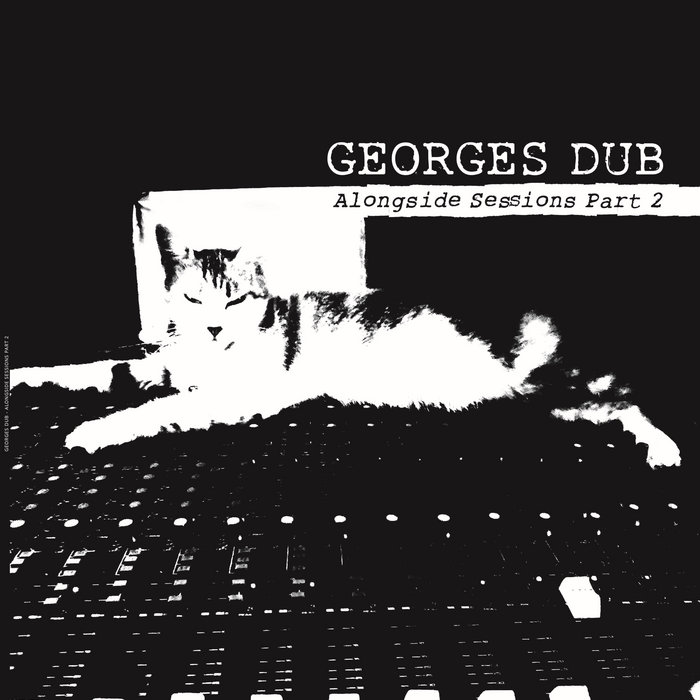
Live Forever More feat PRINCE ALLA – Georges Dub
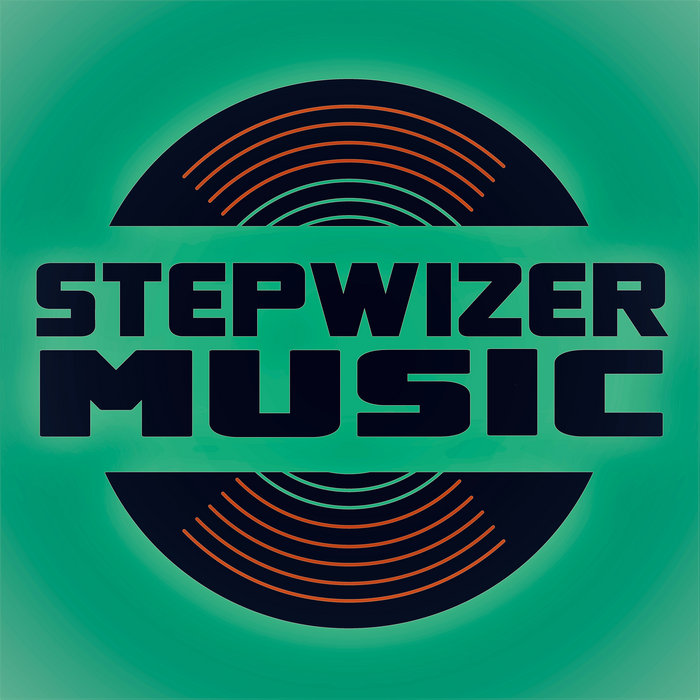
sinners digi tuff mix (vocal) jclarke stepwizer – STEPWIZER MUSIC DUB SHOP
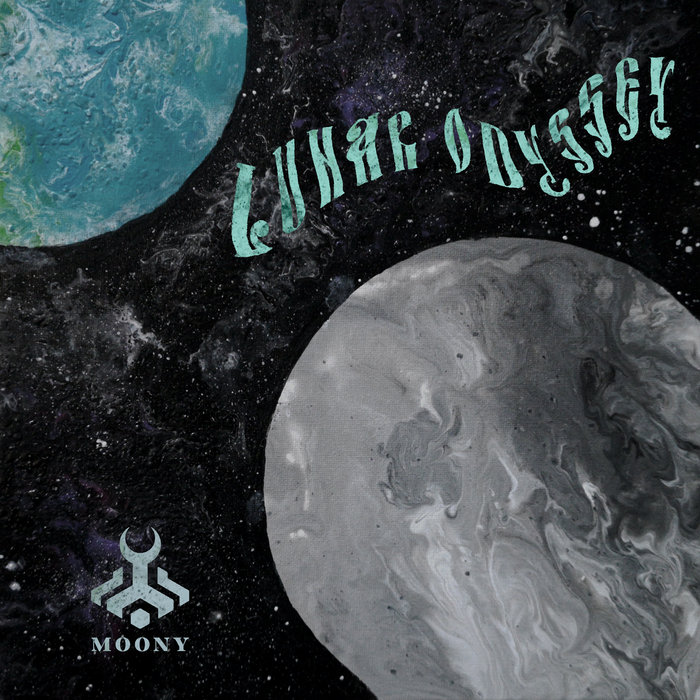
Alternatywna Rzeczywistość feat. Hanka Łubieńska – Moony
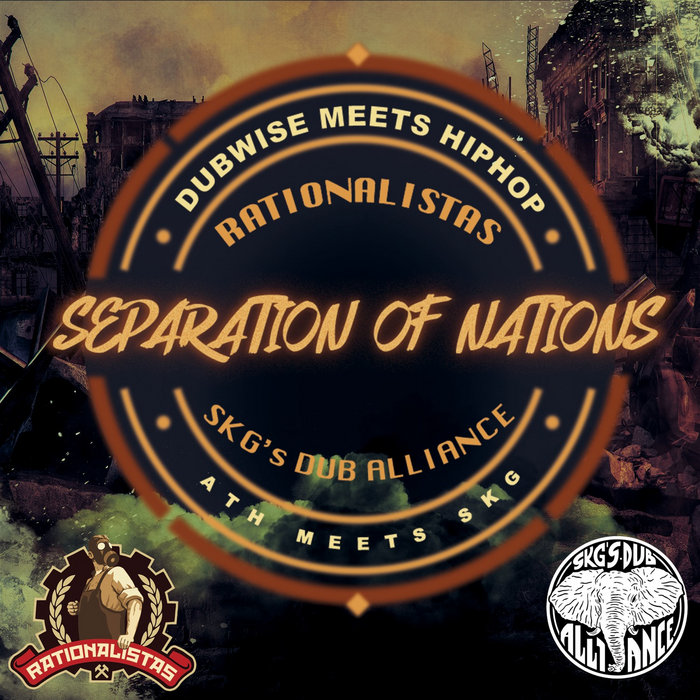
SKG's Dub Alliance & Rationalistas – Separation of Nations – SKG's Dub Alliance
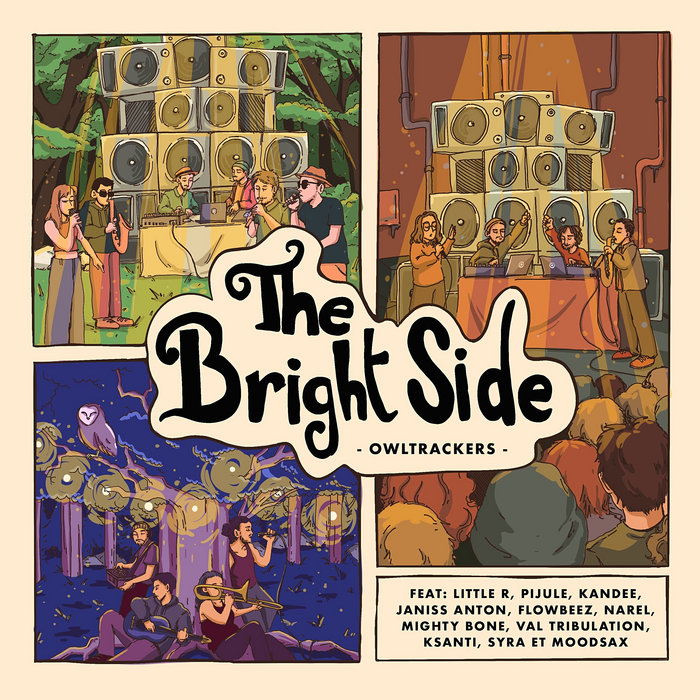
Elixir ft Kandee & Janiss Anton – Owl Trackers

Culture Dub Records – Vocal and Dub Versions – 2016/2021 – Part 2 – Mahom, Basskateers, Wicked & Bonny, Dub Shepherds, Kandee, High Tone, Dub Machinist, Gary Clunk

The Big Bad Zoo feat Adi Shankara & Maïcee – Mahom – Mahom, Basskateers, Wicked & Bonny, Dub Shepherds, Kandee, High Tone, Dub Machinist, Gary Clunk

The Big Bad Zoo feat Adi Shankara & Maïcee – Mahom – Culture Dub Records

Natural High Dubs ft Marcus I – Step by Step – Berry's Records